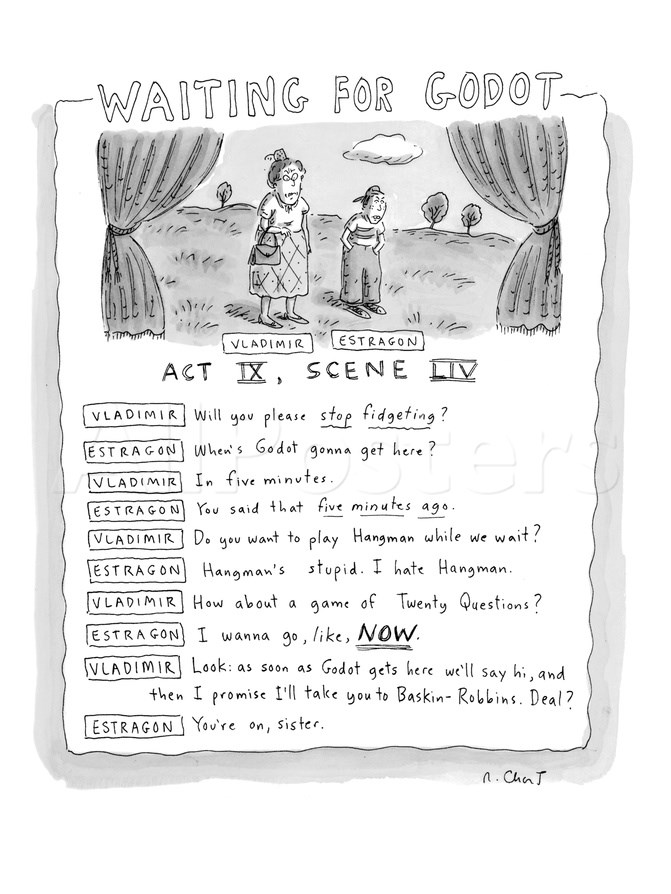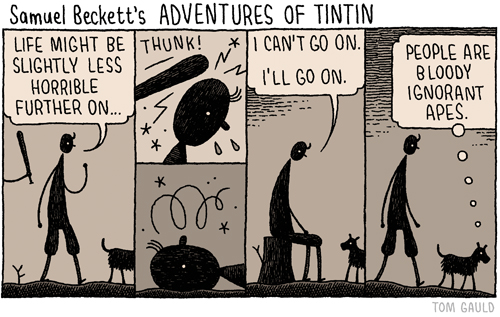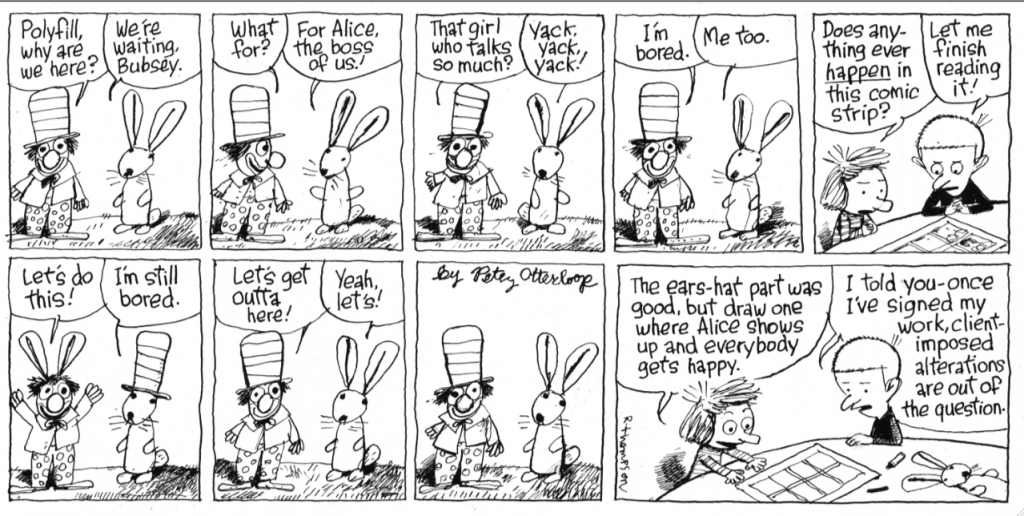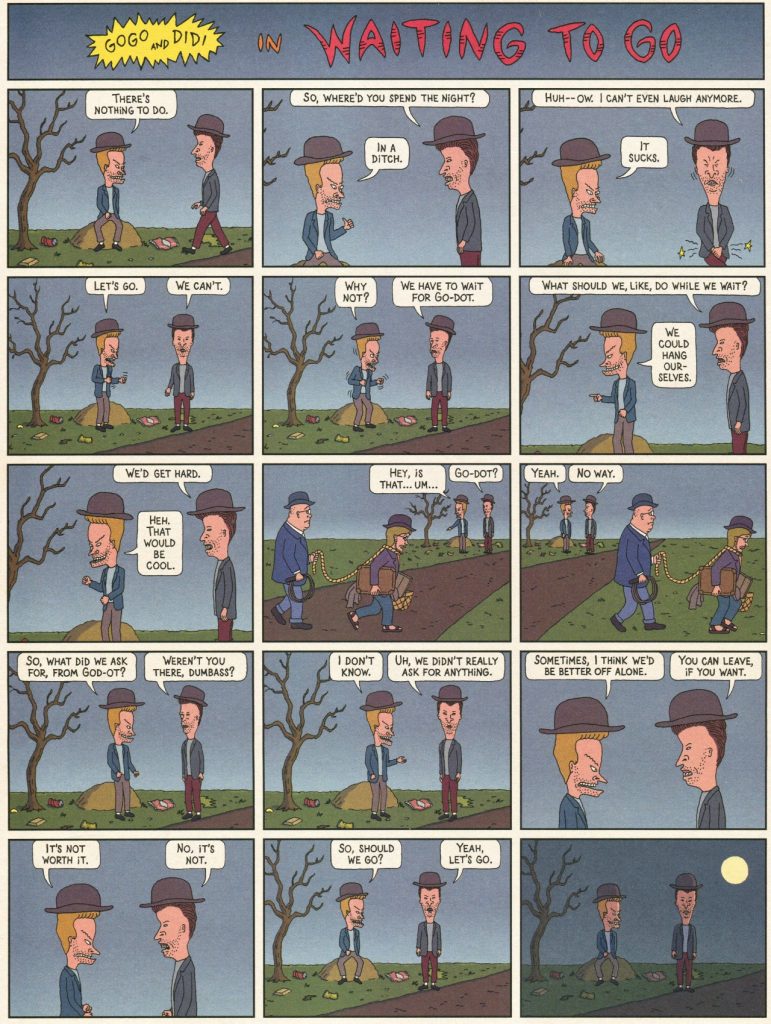Noted cartoon personality Bugs Bunny has warbled his way through Wagnerian opera, played every defensive position known to baseball, styled a monster’s hair…is there anything that wascally wabbit cannot do?
Yes, in fact. According to his long time director, animator Chuck Jones, Bugs could never pick a fight. Unlike his hair trigger Looney Tunes colleague, Daffy Duck, the bunny had to be provoked before entering the fray. That applies whether he’s a boxer, a gangster, or impersonating the biggest movie stars of his day.
Abiding by the strong rules he established for the characters in the Looney Tunes stable was critical to his comic approach, as Jones explains in the above video essay, a bit of a departure for Tony Zhou’s celebrated cinema series, Every Frame a Picture. Rather than examine the framing and timing of “one of the all-time masters of visual comedy,” this time Zhou delves into the evolution of his subject’s artistic sensibilities.
Like all good directors, Jones learned from his actors–in this case, animated, and not all of them his babies. Bugs and Daffy were the brainchildren of the great Tex Avery. Friz Freleng created Yosemite Sam and everyone’s favorite stuttering pig, Porky.
Jones teased out the desires that became the primary engines for those characters’ physicality as well as their behavior. Daffy comes off as an unhinged lunatic in his early appearances. His comic potential grew once Jones reframed him as a conniver who’d do anything in pursuit of wealth and glory.
Once the characters’ motivations were clear, Jones could mess around with the ol’ one-two punch. It’s a classic comic structure, wherein reality wreaks havoc on the audience’s expectations about how things should unfold. Then again, a child can tell you what drives Jones’ creation, the passionate French skunk, Pepé Le Pew, as well as how those amorous ambitions of his are likely to work out. Funny! Dependably so!
Zhou also draws attention to the evolution of the characters’ expressions, from the antic to the economical. John Belushi was not the only comic genius to understand the power of a raised eyebrow.
Related Content:
How to Draw Bugs Bunny: A Primer by Legendary Animator Chuck Jones
The Strange Day When Bugs Bunny Saved the Life of Mel Blanc
Ayun Halliday is an author, illustrator, and Chief Primatologist of the East Village Inky zine. Follow her @AyunHalliday





